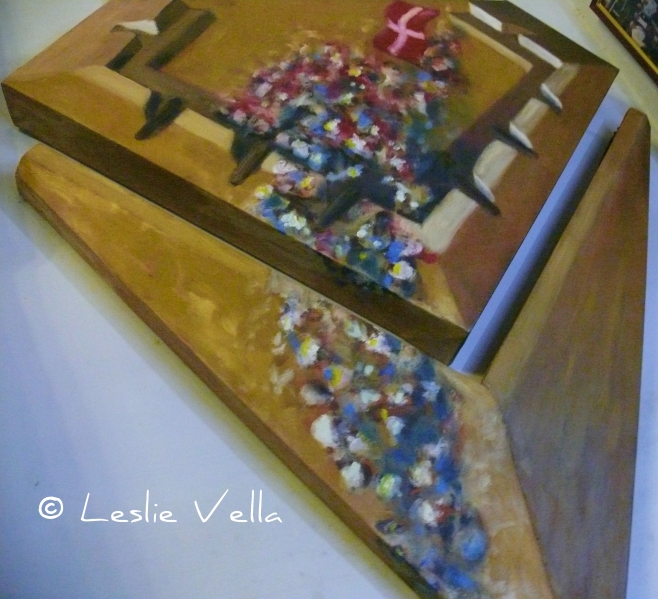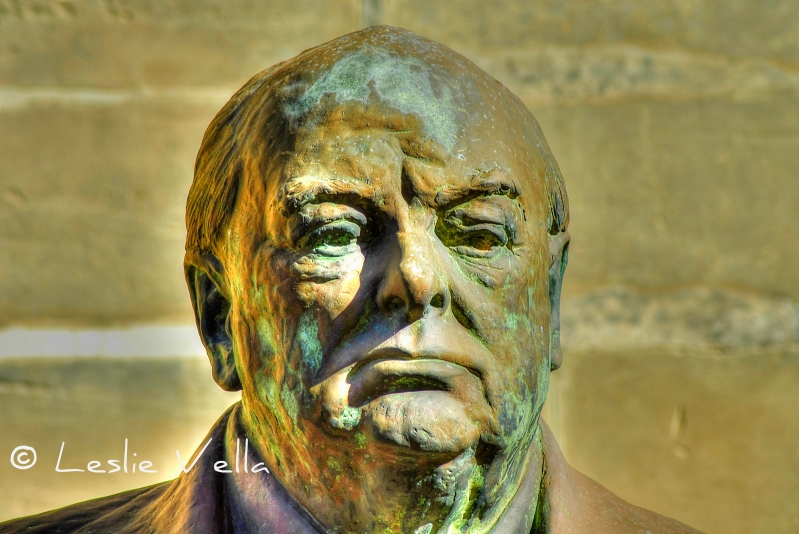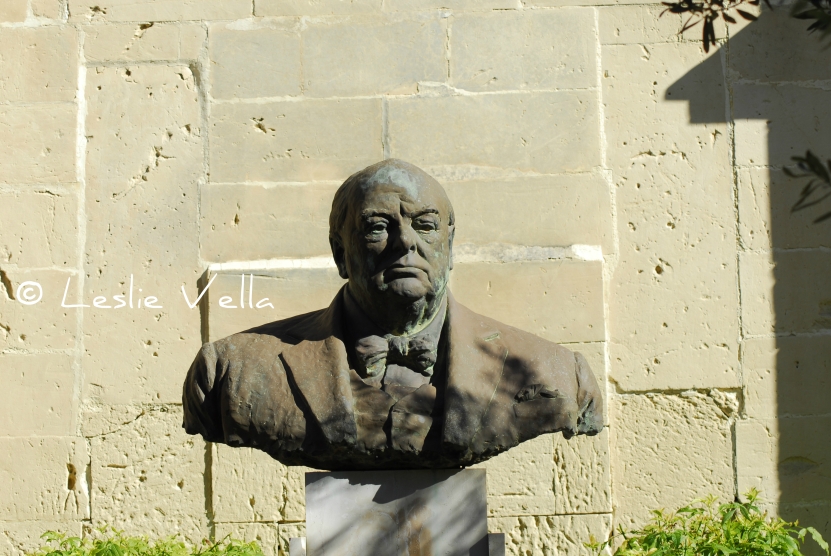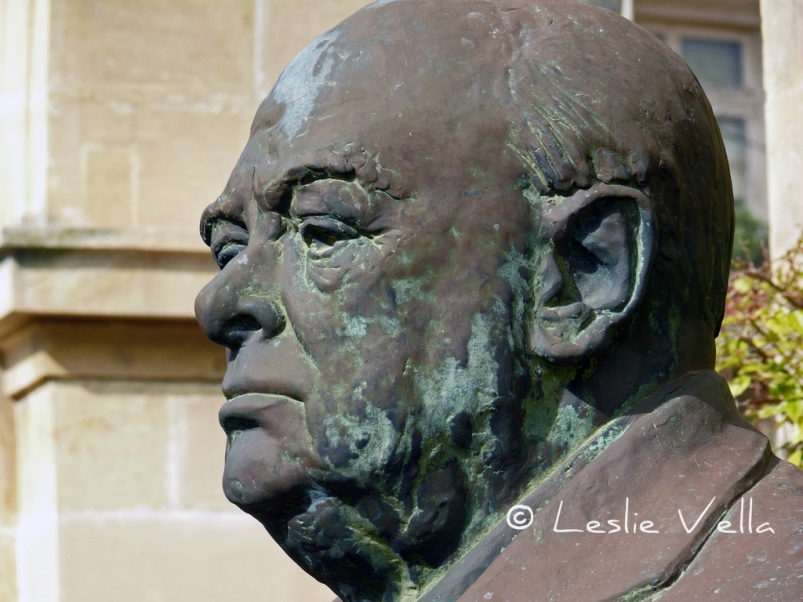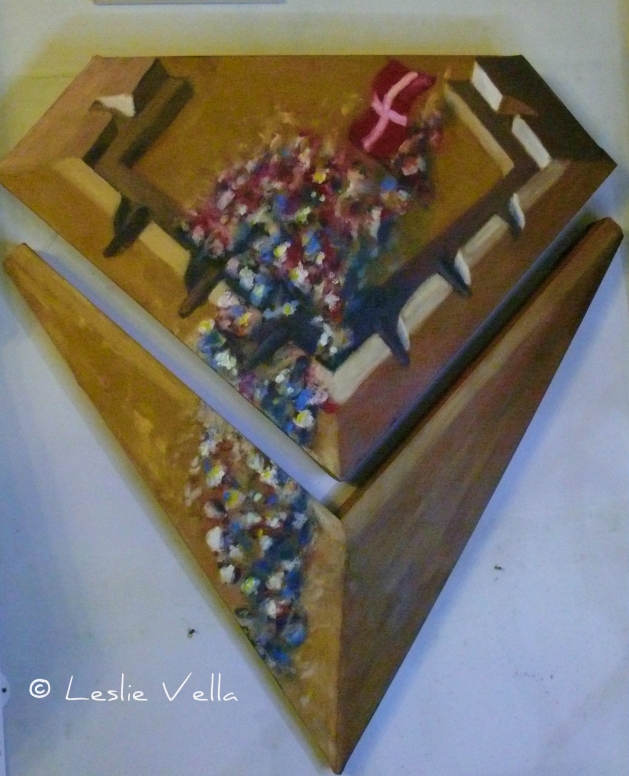 Fall of a Fort: Malta, 23 June 1565
Fall of a Fort: Malta, 23 June 1565
I have today acquired a beautiful piece of art, a fitting Christmas gift which besides its inherent artistic beauty also captures a dramatic episode in Malta’s history. A three dimensional painting by my old schoolmate and established artist John Busuttil Leaver featuring the Fall of Fort St. Elmo during the Great Siege of Malta on 23 June 1565.
The Fall of St. Elmo. An epic story of courage, a glorious chapter in a siege which pitted the superior strength of over 35,000 besieging Turkish Ottoman forces against an inferior force of around 6,500 defenders comprising 3,000 Maltese soldiers together with 500 Knights of St. John and a mercenary army of around 3,000 Spanish, Italian, Sicilian, Greek and other nationalities from the Spanish Empire.
The Siege was meant to be a foregone conclusion. The cream of Ottoman Sultan’s Suleiman the Magnificent’s forces pitted against a ragtag army of Knights and untrained troops seeking shelter behind the walls of rapidly repaired battlements on a sun-baked, rocky island located on the front-line of two warring faiths. A Siege whose significance was far greater than the tiny island on which it was fought. For both sides knew that Malta held the key to the control of shipping between the East and West Mediterranean. Coupled with the fact that whoever held Malta and its deep water harbours could use it as a base to attack Christian Europe. Via the island of Sicily, 100 kilometres to Malta’s north, whose exposed coastline earned it the title of Europe’s soft underbelly: a very descriptive term which cuts no corners in explaining Europe’s vulnerability to attack should Malta have fallen to the Ottomans.
The Ottomans reached Malta on 18 May 1565 having set sail from Istanbul with a fleet of 193 vessels at the end of March. After disembarking in Marsaxlokk and reconnoitering, they took stock of the defences which they needed to subdue: the inland town of Mdina with its crumbling walls, the town of Birgu with its strong walls and the bulwark of Fort St. Angelo and the newer settlement of Senglea with its new walls and its stronghold of Fort St.Michael. The final obstacle consisted of a small, but modern star-shaped fort called St. Elmo guarding the entrance to the island’s two deep water harbours at the tip of the Sceberras Peninsula.
Turkish opinion was divided when it came to deciding which of the strongholds to start besieging. The commander in charge of the land forces, Mustapha Pasha, was all for going straight for the strongest defences, in the belief that once the strongest defences fell, the rest would give up without a fight. But his co-commander in charge of the Sultan’s fleet, Piali Pasha, insisted that tiny St. Elmo should be the first target, as its downfall would enable him to protect his precious fleet inside a safe harbour. Piali’s opinion prevailed and tiny St Elmo, with its small garrison of Knights and infantry faced the Turkish onslaught.
The Turks initially estimated that the tiny fort, cut off as it was from the rest of the defences, and facing the incessant firepower of their artillery coupled with the pinpoint accuracy of their snipers, would fall within a matter of days. What they did not reckon was that the defenders, led by the wily Grandmaster of the Knights Jean de la Valette, were quietly replenishing the beleaguered garrison with men and munitions under cover of darkness by crossing over with small boats in the darkness of the night while the Turks were resting after a day’s bombardment, and ferrying the wounded over the Fort St. Angelo.
However, the fall of St Elmo was considered by all to be a matter of when and not if, and de la Valette’s protracted game was only meant to waste Ottoman lives, ammunition and time before the assault on the main defences began. In this, the tiny Fort and its defenders emerged with the greatest of honour for they managed to withstand a horrific, one-sided siege not for the few days as per the original estimate, but for a full, astounding 36 days of non-stop bombardment which stopped only for assault upon assault by crack Janissary troops to take place against the puny fortress and its small force of defenders.
The painting portrays the final moments of the Fort on 23 June 1565. It is still flying the Knights’ banner as its stricken defenders make one last attempt to delay the unstoppable flow of besiegers: frustrated men wishing to avenge the death of 6,000-8,000 of their comrades, including half of their elite Janissaries and the famous veteran corsair, Turgut Re’is.
The Great Siege of Malta was far from over when St. Elmo fell on 23 June. It was to go on until the 8 September when the Turks finally abandoned their plans and set sail for Istanbul which they were to re-enter under cover of darkness to hide their shame at failing to take their prize.
However, the resilience of Fort St. Elmo played a very important part in the Siege’s final outcome. It drained the Ottomans of their crack troops, gained the defenders five precious weeks and ultimately delivered a strong blow to Turkish morale. In fact Mustapha Pasha himself is reputed to have stood on the ruins of St. Elmo gazing across the waters of Grand Harbour and the impregnable ramparts of Forts St. Angelo and St Michael uttering the words, “If the son has come at such a cost, what are the parents worth?”
